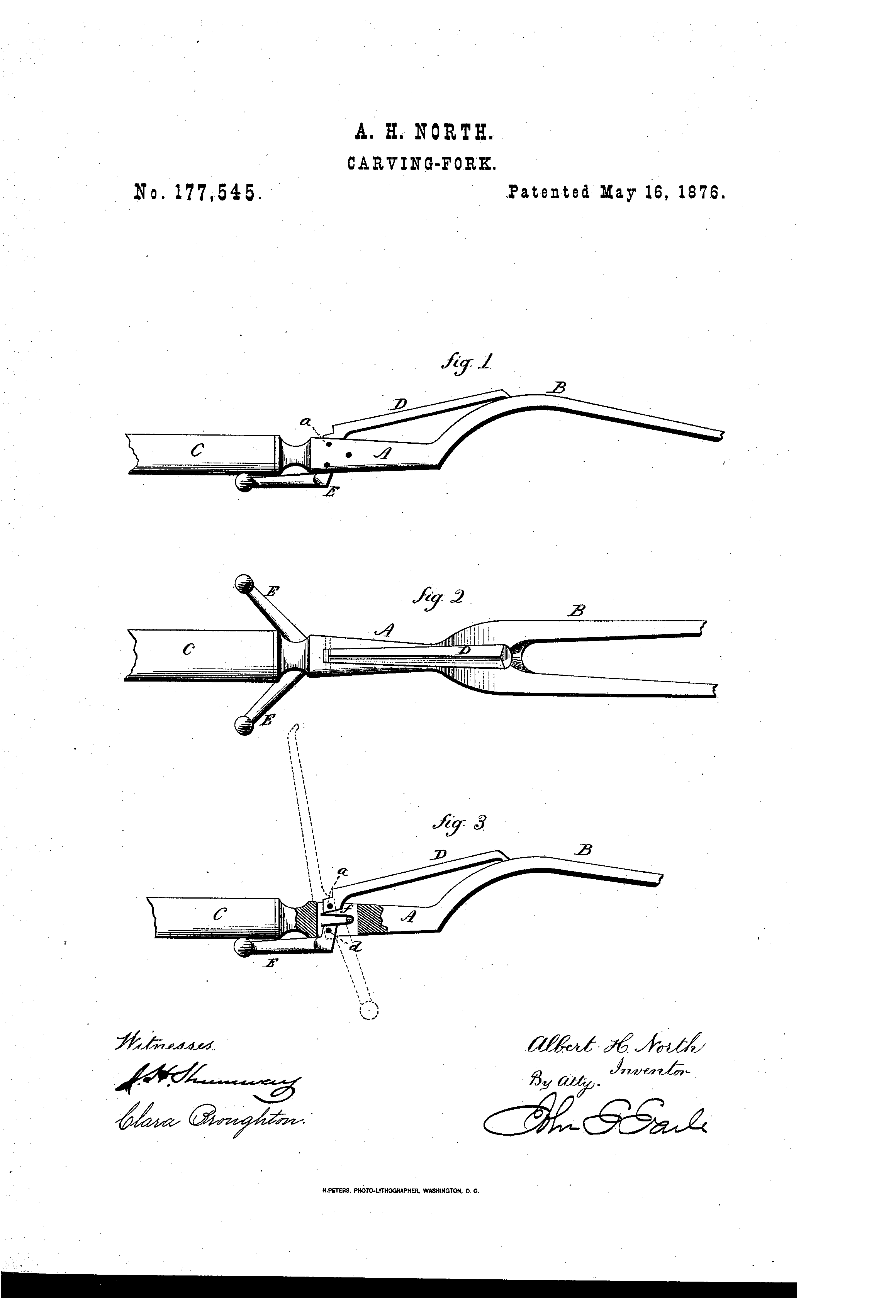The Patent: from Classical Antiquity to Modern Industry
When we think of invention, often we picture the invention process– coming up with an idea, creating a prototype for that idea, patenting the invention, and then going to production.
A patent, or a government grant to an inventor of the right to exclude others from making, using, or selling an invention, is an important legal protection for inventors and manufacturing companies. It ensures that people retain control of their intellectual property, and receive recognition or financial benefit from what they create or invent. But when did we come up with the idea of patents, anyway?
The concept of protecting intellectual property has been around since classical antiquity, albeit in a different form than what we think of today– there remain some Ancient Greek records from the city of Sybaris that discuss the granting of exclusive rights to inventors of unique new culinary dishes for a period of one year. The first modern patents, however, didn’t come about until the Medieval period. The first recorded industrial patent was granted in 1421 to Filippo Brunelleschi in, a Florentine engineer and architect who invented a new way to transport marble from quarries on the river Arno via barge. He also invented cranes, hoisting machines, and hydraulic machinery in order to complete the Florence Cathedral dome, a massive technological undertaking.
A sketch by Leonardo da Vinci of one of Brunelleschi’s light hoists.
Courtesy of Museo Galileo/Istituto e Museo di Storia della Scienza.
In 1449, the first English patent was granted to Flemish glassmaker John of Utynam for a twenty-year monopoly on making stained glass. Venice, too, was granting patent protections by this time– usually for glassmaking. The Venetian Patent Statute of 1474 established the first codified system of patent law in Europe, and remains the legal foundation of modern patent law. The statute granted protections to inventors who notified the Venetian office of Provisioners of Common of “any new ingenious contrivance, not made heretofore in our dominion" for a period of ten years, and even provided a legal avenue in the event of infringement– a public citation of the offender and a fine of 100 ducates.
The Venetian Patent Statute, 1474
Written in Old Venetian, this document is widely accepted as the basis for modern patent law worldwide. Courtesy of Archivio di stato di Venezia.
Queen Elizabeth I and her successor, King James I regularly granted letters of patent to favored courtiers, or to people who were prepared to pay for them, for monopolies on established industries. While this was used to bring money into the Crown’s coffers, it was widely abused and resulted in the 1624 Statute of Monopolies, another foundational development in modern patent law. It was enacted by Parliament to restrict the granting of letters of patent to novel and original inventions and to limit the number of years on the monopoly.
More than a hundred years later saw the United States Patent Act of 1790, the first patent statute passed by the federal government of the United States of America. It passed on April 10, 1790, and the first American patent was granted to Samuel Hopkins for a method of producing potash (potassium carbonate). The statute lasted just three years until its revision in 1793, and United States patent law has undergone several revisions since. The United States Patent and Trademark Office was formed in 1836, and to this day serves as the national authority on the registration of patents, copyrights, trademarks, and other forms of intellectual property protection.
Thousands of patents have been granted to New Britain inventors since the passage of the Patent Act, from the ubiquitous Universal Food Chopper, to bicycle coaster brakes, padlocks, corsets, coat hangers, tape rules, lathe chucks, gas masks, curry combs, ironing boards, prosthetic legs, bottle openers, coffee mills, bearings, egg beaters, planes, percolators, suspenders, and much more. New Britain even broke the world record for number of inventions in a single city in 1902! You can explore our gallery of New Britain patents below– these are just a few of the innovations patented in this city.
To learn more about patents and the process of patenting an invention, visit the USPTO website here: https://www.uspto.gov/patents





























